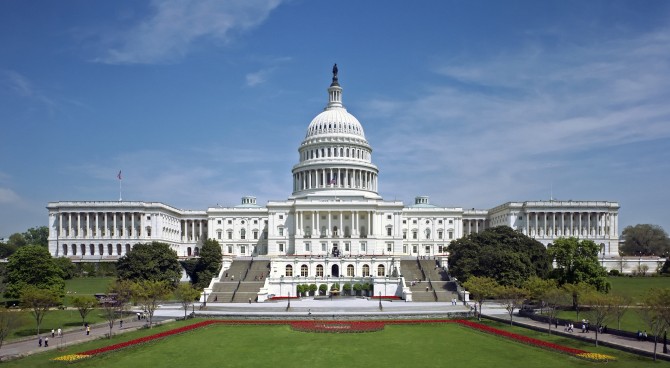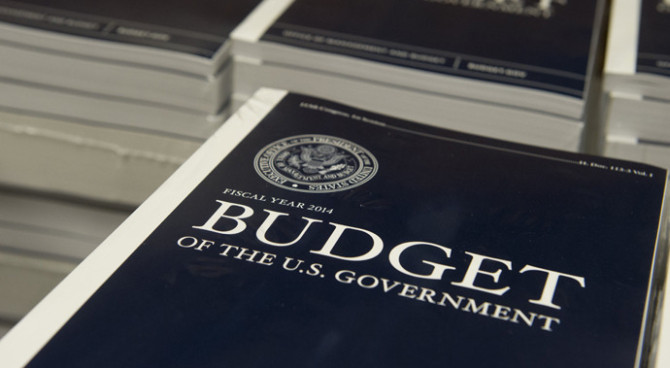Losses at SVB, Signature and other banks reflect the risk from borrowing short and lending long.
March 28, 2023 3:30 pm ET
It’s natural to look to the 2008 subprime crisis for insights about why our banking system is at risk. But that crisis was a housing finance collapse driven by government policies encouraging banks to take enormous default risk in the mortgage market to promote housing policy. The 1980s offer a better perspective on our current banking instability. Losses on securities at Silicon Valley Bank, Signature Bank and many others still waiting to be addressed reflect the risk from borrowing short and lending long—reminiscent of thrift strategies of the 1970s and the government’s decision to ignore losses from pursuing those strategies in the early 1980s.
Between 1980 and 1994, 1,617 banks and 1,295 thrifts either were closed or received government assistance. For thrifts, the story began with a government mandate forcing them to specialize in long-term mortgage loans funded with deposits. As the Federal Reserve raised rates, funding costs rose and many thrifts became insolvent.
If losses had been recognized and dealt with by raising capital, reducing leverage and accumulating cash, many institutions would have recovered. Those that couldn’t would have closed with little fallout. Initial losses became a crisis because of a combination of bad accounting, valuing assets at book value rather than market value, and the complacency produced by deposit insurance: Almost all thrift deposits at the time were below the insurance limit.
The centrality of delayed loss recognition was universally recognized, including in 1991 by Federal Home Loan Bank Board member Lawrence White, who wrote: “The bank and thrift regulatory . . . information system looks backward at historical costs rather than at current market values. . . . The revamping of this accounting framework—a switch to market value accounting—is the single most important policy reform that must be accomplished.†It wasn’t. Recognition delays allowed losses to grow as institutions at or near insolvency faced incentives to increase risk, a practice some labeled “resurrection risk taking.â€
In 1991, new legislation was enacted with the goal of ensuring accurate loss recognition and “prompt corrective action.†As recent events show, that reform failed. Securities holdings held under “hold-to-maturity accounting†weren’t marked to market at SVB, Signature or the roughly 200 other banks that appear to be in similarly perilous condition. Not only did accounting rules allow SVB and the others to avoid formally recognizing losses; supervisors—who have the authority to intervene and look beyond accounting measures to force banks to shore themselves up with new capital—chose to do nothing. It took runs by uninsured depositors at SVB and Signature to force regulators to act.
Why did supervisors fail to pursue prompt corrective action? Calculating a bank’s duration risk (its exposure to loss from asset-liability maturity mismatch) is part of every bank exam in the U.S., one of the legacies of the 1980s thrift bust. Notwithstanding the accounting fiction of SVB’s balance sheet, supervisors knew that its securities holdings were of long durations and therefore declining in value. SVB wasn’t just any bank. It and First Republic were the two largest banks for which the San Francisco Fed had primary supervisory responsibility.
SVB’s strategy was profiting from taking carry-trade risk, or borrowing short and investing long. Its balance sheet looked more like that of a money-market firm than a bank, with purportedly as much as 94% of its deposits over the insurance limit. It held much more in long-term securities than in loans. In December 2022, SVB total securities’ book value was more than $123 billion and loans were only $73.6 billion. It paid above market for wholesale deposits to fund its carry-trade strategy. In 2022, as interest rates rose and the market value of its assets fell, SVB’s deposits fell $16 billion and it borrowed $15 billion from the Federal Home Loan Bank at higher cost to replace lost deposits.
The composition of deposits also changed. Non-interest-bearing deposits fell $45 billion, and interest-bearing deposits rose $29 billion. The increased reliance on borrowed funds and the decline in retail deposits have been a red flag of rising failure risk for bank supervisors for at least 130 years. By December 2022, SVB had an unrecognized loss of $24 billion on its hold-to-maturity securities combined with a new reliance on hot money. In 2022, as interest rates rose, Fed supervisors must have known the bank was deeply under-capitalized and headed toward insolvency.
Instead of raising the deposit insurance limit or expanding supervisory powers, Congress should require all assets held by banks to be marked to market. It should also invite supervisors from the San Francisco Fed and other agencies to explain why they failed to act. Was there political pressure not to? If so, from whom? Congress should press supervisors to intervene immediately to address similar problems at the 200 or so banks that are to some degree suffering similar weaknesses, rather than allowing those problems to fester.
Congress also should note that the unprecedented federal spending spree combined with accommodative monetary easing caused high inflation and forced the Fed to respond with dramatic hikes in interest rates that caused the losses at so many banks. Unintended long-term costs from myopic policy actions are a major threat again as Congress considers further expansion of deposit insurance.
The difference today, in contrast with the 1980s, is that SVB and Signature Bank relied largely on uninsured deposits, whereas thrifts and banks then had relatively few such deposits. As their risk of failure grew, uninsured depositors (who were slow to respond) still responded fast enough to prevent the banks from becoming deeply insolvent. If those deposits had been insured ex ante, we might now be quietly experiencing resurrection risk-taking from SVB and Signature Bank, with much larger losses to come in those banks and throughout the banking system. The failures of SVB and Signature illustrate the usefulness of what remains of market discipline, which comes from limiting deposit insurance. Regulation failed, but the market didn’t.
Mr. Calomiris is director of the Center for Economics, Politics and History at UATX and a finance professor at Columbia Business School. Mr. Gramm is a former chairman of the Senate Banking Committee and a nonresident senior fellow at the American Enterprise Institute.



